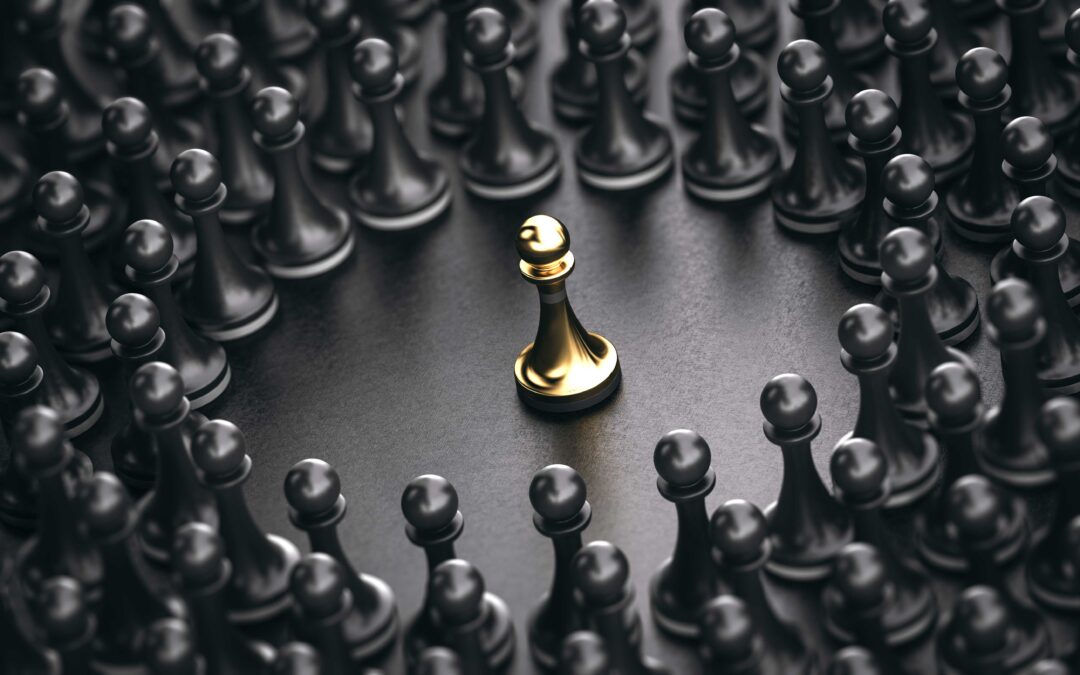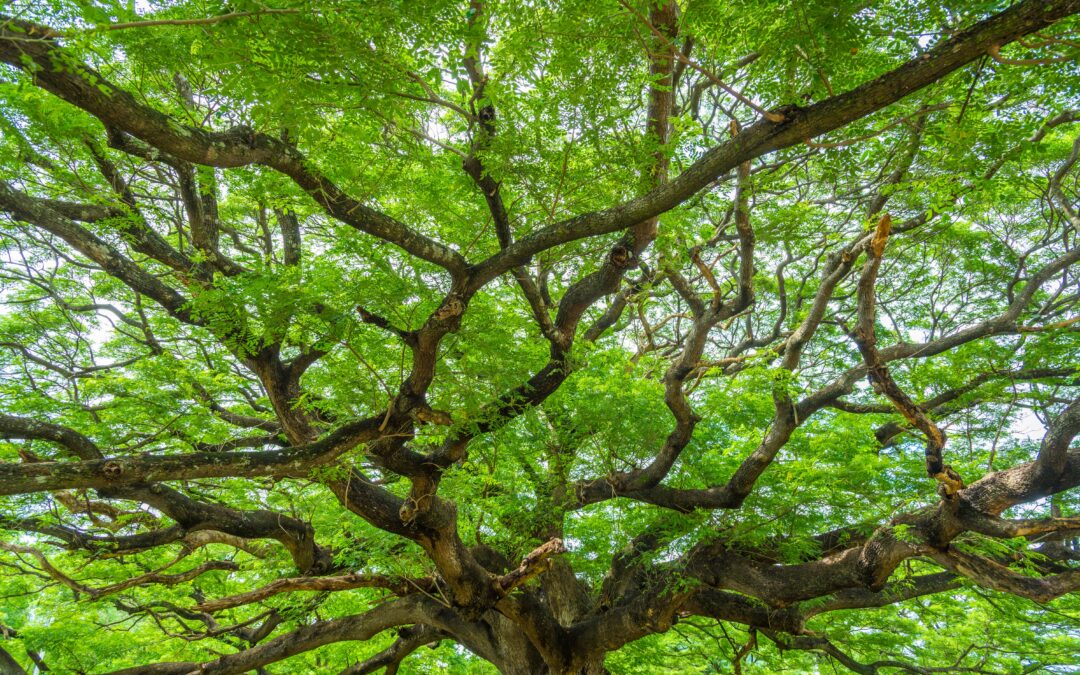As a leader of a global anti-human trafficking organization serving some of the most underserved populations, I am energized by my sensitivity to others’ needs. This empathy compels me to form strong relationships with not only the clients I serve through Nomi Network, but with our invaluable donors as well — and connecting the two is my passion.
Recently, I was told by a potential donor that she has hundreds of millions to donate but has no “bandwidth” to learn about the issue of human trafficking and address the deeper needs of the communities I serve. Surprisingly, it was easy for me to empathize with her. Major donors are constantly solicited in the philanthropic world. And as a nonprofit leader who’s been navigating a worldwide pandemic for the last seventeen months, I know what it means to feel stretched thin. But in that moment, I wished the same level of understanding was reciprocated to me — at least long enough to hear about the direness of the communities we work in, and most importantly the women we serve who have been subject to even greater levels of violence during the pandemic.
During the founding years of Nomi Network, I remember how potential donors would linger after my speaking engagements and ask me to share my “deeper why.” They wanted to know why someone as accomplished as myself would leave the corporate world and start an anti-human trafficking organization. Others asked if I was from Cambodia, which I assume is because of their notoriously high rates of child sex trafficking. Another potential donor asked my Indian American colleague if she was “Nomi,” the namesake of Nomi Network, a child survivor from Cambodia. I have even been asked if I am related to Chairman Mao, due to my last name. At first glance, these questions may seem innocent. But when I pause to consider the mindset behind them, I feel minimized and discouraged.
Zoom out for a moment and imagine yourself as a major donor who is headed to meet with the leader of a burgeoning anti-trafficking organization. She shares how women and girls make up 71 percent of the 40 million people living in modern slavery. Over the last decade, her team has created a scalable program model that has helped over 12,000 women and girls reach economic freedom. The leader continues to share all the organization’s programs and their empowerment model that has helped sustain inter-generational impact. You also are aware of the many accolades they have received for their work. How would you respond? After listening to her 5-year vision, what would you hear? What questions would you be compelled to ask first?
I believe the questions we ask reveal a lot about our inner beliefs. They can expose our level of self-awareness and, in the cases I mention above, how fluent we are in the socio-cultural nuances that exist within various people groups.
When I share statistics on human trafficking and its economic drivers, it is sometimes puzzling when potential donors ask more questions about where I come from than the work itself, or even the simple question of why so many women and girls are trafficked to begin with. These experiences motivate me to bridge the immense social, economic, and cultural gaps that exist in our country.
CEP’s recent report, Overlooked (Part One): Foundation Support for Asian American and Pacific Islander Leaders and Communities, put tangible data around some of the questions I have been asking myself after some of these experiences. From the report, I learned that more than 40 percent of foundations report increasing their funding to nonprofits serving Black communities since 2020, and over a quarter report doing so for nonprofits serving Latino communities; but AAPI and Native American communities, by contrast, have not received much increased support during the same period. As an AAPI female leader who has made global justice my life mission, I celebrate the uptick in funding support for Black and Latino communities and I hope it will continue to grow due to media attention and movement builders. However, I still grieve the invisibility of AAPI issues that historically haven’t received as much press.
As I ruminate on why there has been little increase in financial support towards AAPI communities, I cannot help but think that the “model minority” myth is a primary driver in this reality. The “model minority” myth is the stereotype that depicts Asian Americans as a “hardworking, financially stable, and well-educated minority” who have achieved the American dream. This stereotype, while seemingly positive, pits Asian Americans against other minority groups in the U.S. and dismisses socio-economic inequality as a structural issue.
The model myth also portrays us as high-earning and high-performing, but unassertive in character. However, data shows that this is not necessarily the case, especially when you consider Burmese, Bhutanese, Laotian, Cambodian, and Hmong populations. These populations represent the newer waves of AAPI immigrants and refugees who experience forced displacement and economic stress that hinders upward mobility. Research also shows that from 1970 to 2016, the gap in the standard of living between the top and bottom in AAPI communities nearly doubled.
Myths like these spread harmful unawareness that breed complacency towards AAPI economic issues. In my experience, this stereotype and lack of awareness has severely limited my ability to garner more financial resources for the organization.
Recently, I was told by the Board Chair of a comparable anti-human trafficking organization that Nomi Network was best in class when it comes to global economic empowerment programming for survivors of human trafficking, and his organization was best in class in the U.S. I have served on the White House Council to End Human Trafficking working with policy makers to strengthen legislation for survivors of human trafficking, received numerous awards for Nomi Network’s critical work, and yet Nomi Network has not been able to garner the same level of financial support that similar anti-human trafficking organizations led by non-AAPI leaders receive. There are many factors as to why this may be the case, but when I look at foundation board rooms and see very few people who look like me, it is not a stretch to say that my identity as an Asian American woman may have something to do with it.
Based on my own experiences with funders, I have a few recommendations:
- Invest time into listening and learning about the nuances of the issues AAPI leaders are trying to solve. Lean into their experience as an AAPI citizen. Like myself, many AAPI leaders come from war-torn countries and are first-generation leaders who are still grappling with generational trauma. This gives them first-hand insight into the complex issues they are trying to solve.
- Open up your network. Research shows that the best indicator of an individual’s success is their network. With a strong network, a leader is better able to prosper in their respective field and multiply their influence. Many AAPI leaders do not have vast networks or connections to donors or lobbyists. They are knee-deep in doing the work. I have had many catalytic donors who have been our biggest cheerleaders, opening up funding opportunities that we would otherwise not have had access to.
- Add diversity to your board and senior leadership. Recently, a study led by four Stanford University academics and joined by three executives at Illumen Capital, a venture capital and private equity firm, found that there are “systemic racial disparities in how investors evaluate funds and allocate money.” I believe this also holds true for philanthropy and could be mitigated by increasing the diversity of key decision makers and board members.
Diana Mao is co-founder and president of Nomi Network, an anti-human trafficking organization. Follow her on LinkedIn and find Nomi Network on Instagram.


